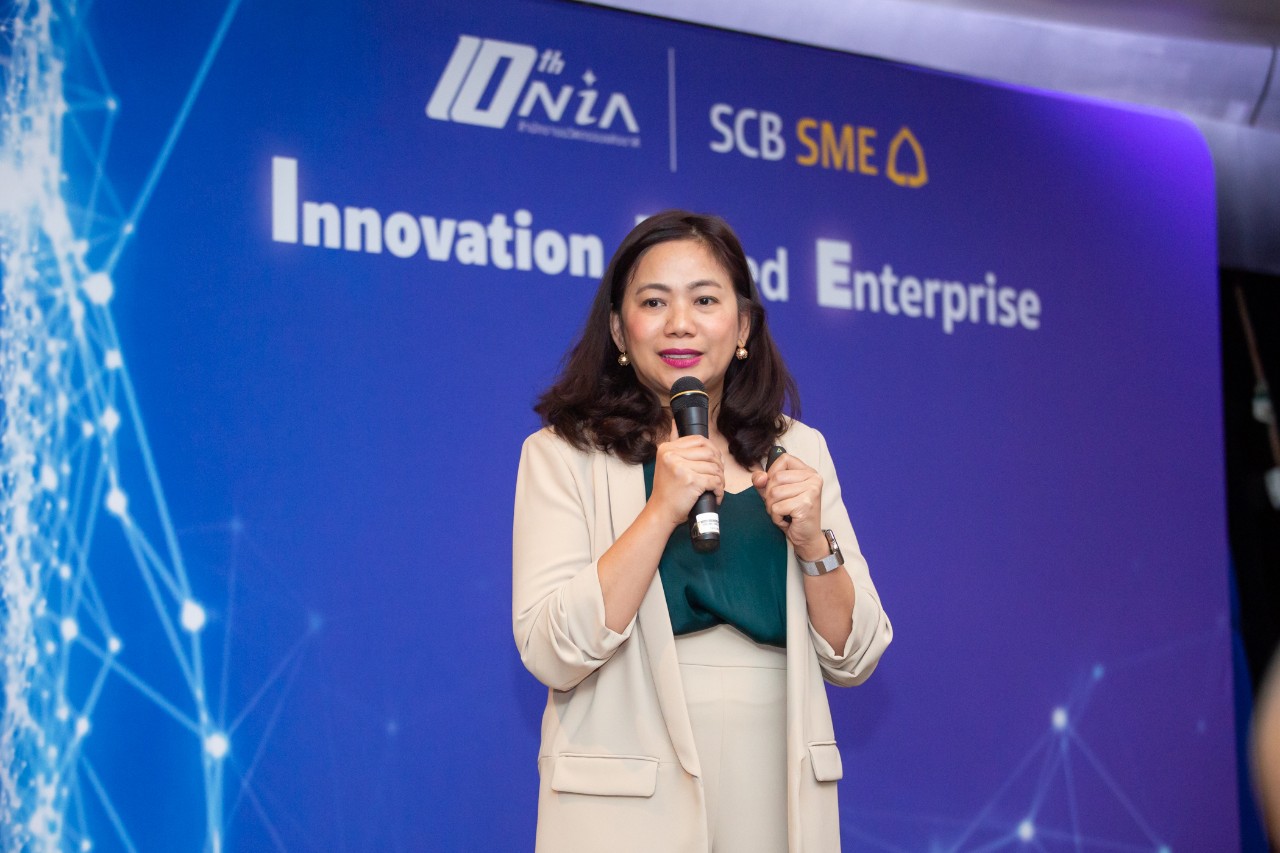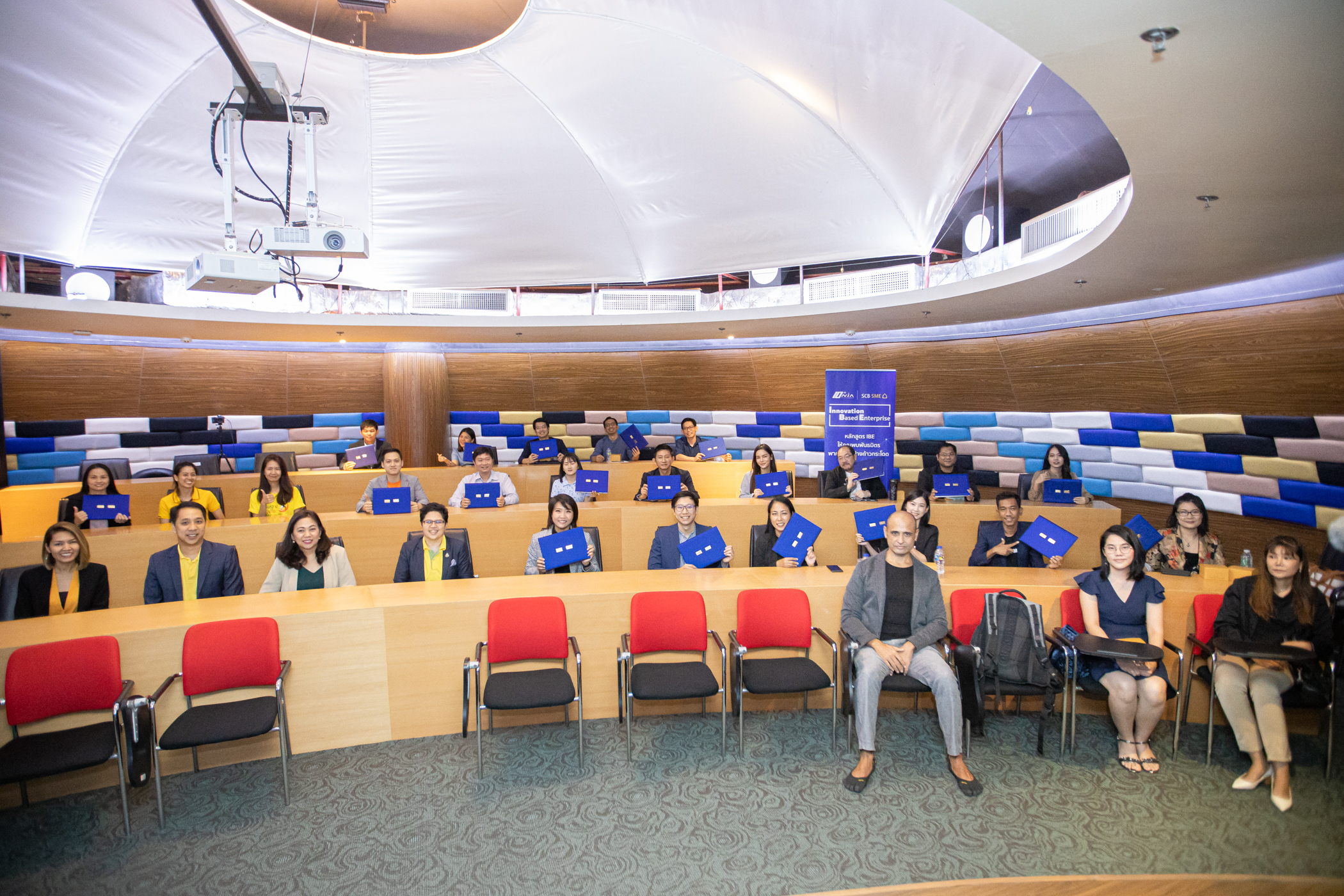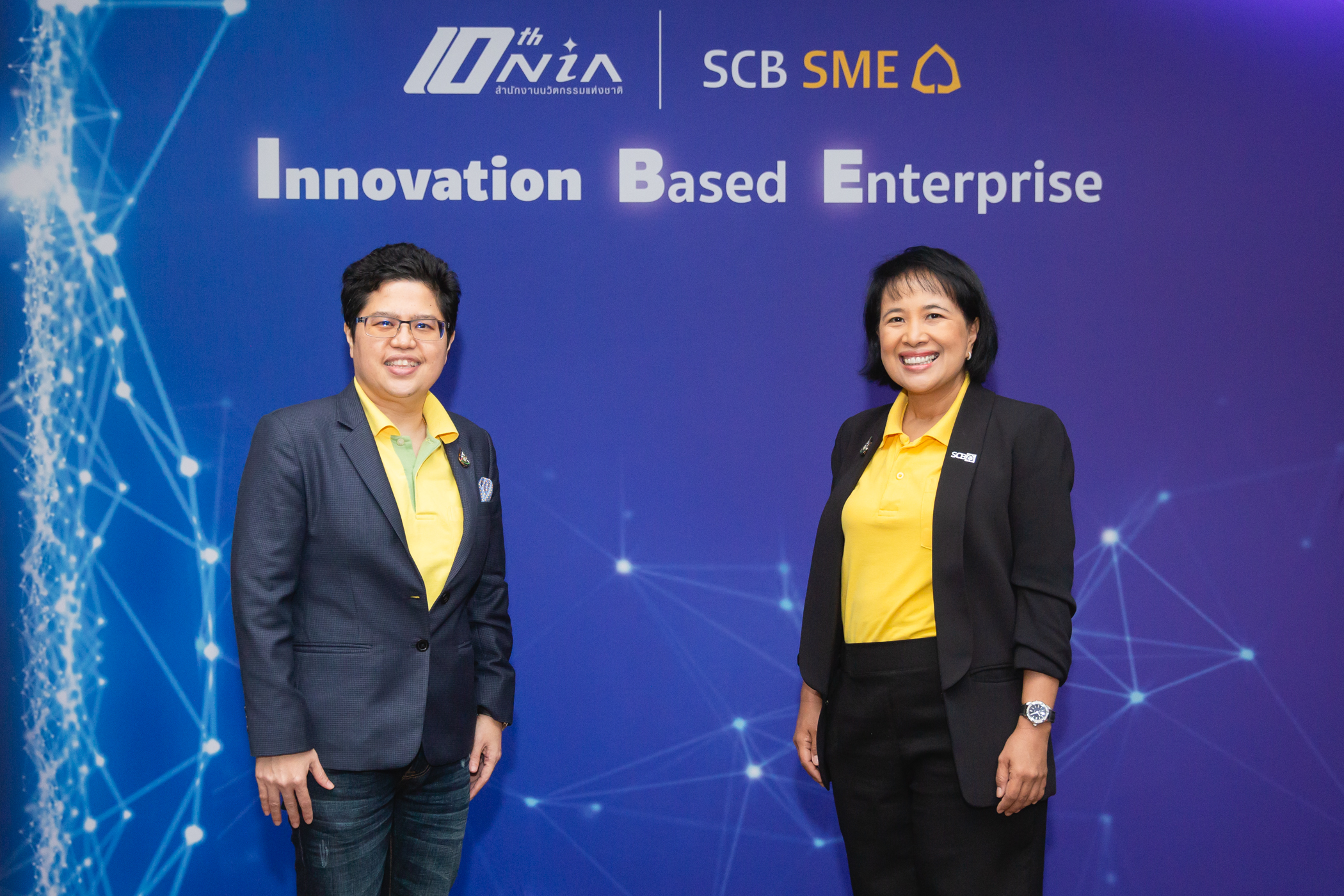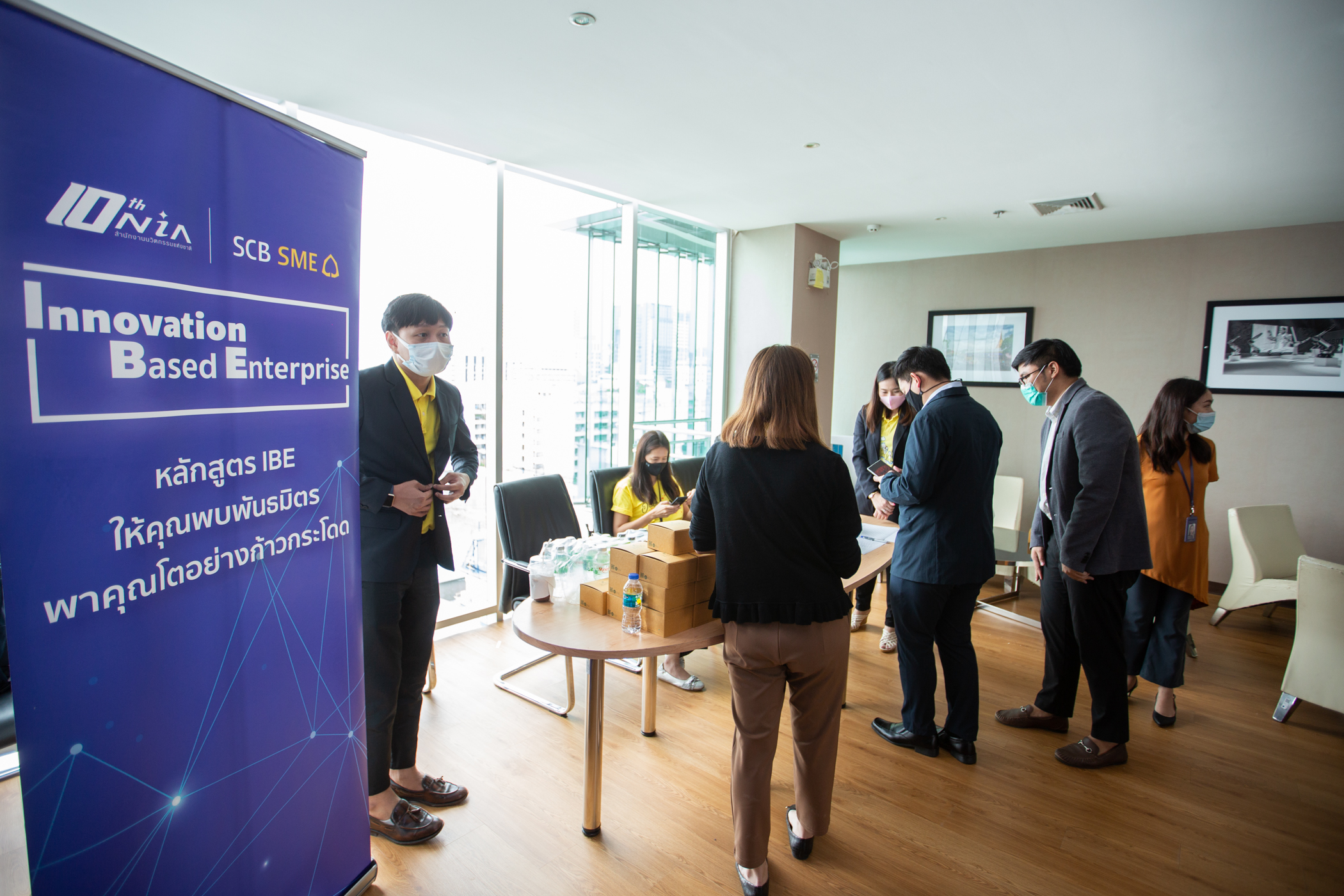I WANT
RELATED LINKS
I WANT
RELATED LINKS
RELATES LINKS
I WANT
RELATES LINKS
Services
Related Links
Use and Management of Cookies
We use cookies and other similar technologies on our website to enhance your browsing experience. For more information, please visit our Cookies Notice.
- Personal Banking
- Stories & Tips
- BUSINESS MAKER
- Effective Talent Management with “Work-Come-Get-Stay” Concept
- Personal Banking
- ...
- Effective Talent Management with “Work-Come-Get-Stay” Concept
Effective Talent Management with “Work-Come-Get-Stay” Concept
Effective Talent Management with “Work-Come-Get-Stay” Concept
31-07-2020
Manpower is one of the economic factors. Especially, in the present world that most parts have entered the digital economy and are driven by tech companies that is managed by the new generation entrepreneurs that technology is an important part of the business through various digital platforms. Manpower is, thus, a key to the development and growth of the organization, especially, those who have a high capability called “talents” that are desired by many organizations. But where to find those talents and how to keep them with the organization?
In the opening ceremony of “NIA/ SCB Innovation-Based Enterprise (IBE)”, Assoc. Prof. Juthamas Kaewpijit, Ph.D., Director of Leadership Management and Innovation Programme at National Institute of Development Administration (NIDA) and Talent Management Specialist in Government and Private Organisations, attended the discussion panel with entrepreneurs under the topic “Talent Management” in the “Work-Come-Get-Stay” concept.

How to “work” with talent?
Assoc. Prof. Juthamas, said that according to the global research, it shows that half of the tech and start-up companies do not have a system for talent management. Talent management in work is essential and there are often questions of: “Is working with talents difficult?” or “Can talents work with others?” These questions might be hard to answer if we do not know about the individual talents well enough. Some people understand the meaning of talents as individuals with high work effectiveness, individuals with the potential to complete given tasks, etc. Therefore, working with capable individuals depends on how well we understand the meaning of talent, know what talent is and who talents are. Talent can be defined in 3 ways, which are:
· Talent as Attitude: an individual with passion and motivation that makes them a leader who is ready to drive the organization towards success.
· Talent as Natural Ability: an individual who is gifted since birth and might have opinions and perspectives that differ from others.
· Talent as Mastery: an individual who follows the motto of “practice makes perfect”. Sometimes, when unexpected events happened, this kind of talent will appear.
As for the question of who these talents are, Assoc. Prof. Juthamas said that it can be viewed from 2 aspects which are “Talent as All People” that looks at every single individual in the company as talents or “Talent as High Performers and High Potential” that only some are considered talents. There is also the usage of 9-box Grid to assess the individual potential to further support them, for example, individuals with high potential and performance are classified as ‘Future Leaders’ that can accomplish whatever tasks are given. For those with high potential but medium performance will be classified as ‘Impact Performers’ that have the tendency to grow etc. Thus, the 9-box Grid is a screening tool to look for ways to develop talent appropriately. Future leader groups can be developed by letting them work in new situations, try new projects, and try to make decisions. The second group is growth employees that can be developed by giving them stretch assignments to upgrade their potential. Average groups like core employees will have to be developed by coaching etc. The keyword of creating talent is “growth mindset” and “fixed mindset”, in which, growth mindset is crucial in developing talent.
Nevertheless, we need to know what type of talent we are, who we are as well as know why we manage talent. Is it for an establishment of culture, creation of the next leaders, or development of important position leaders? By answering all these questions, we will then be able to develop and keep talents as well as set the working pattern of talents and work with them.

Where do talents ‘come’ from and how to ‘get’ them?
Organisation can find talents by building, buying or borrowing. As for building talents, cost, time and good system will need to be invested. Assoc. Prof. Juthamas mentioned that there is a change in template to develop talents from 70-20-10 pattern, which is a 70 on the job training, 20 coaching and 10 lecture, to 70-30, which is 70 offline training and 30 online training. Another pattern is 90-10, which is 90 learning about anything relating to the job and 10 to learn anything not relating to the job. In the case that talents cannot be built or bought, we can borrow them from organizations or entrepreneurs that we are close to.
When looking at the global view, Global Talent Competitiveness Index (GTCI) is serving as an index determining the search for talents of world-class big organizations. It came up with a ranking on countries that talents want to work in according to the following factors:
1. Factors that enable talents to work such as China that grants privilege to talents to stay in a place called “Unicorn Island” where unicorn start-ups are gathered and equipped with premium facilities that are convenient for living
2. Factors that attract talents
3. Factors that allow talents to grow
4. Factors that retain talents
Together with the efficiency of technical/vocal skill and global knowledge skill, GTCI index in 2020 has shown that Thailand is ranked 67 in the world.

How to make talents ‘stay’ in the organization?
This factor is the arts of how to retain talents with the organization as long as possible. The methods range from rewarding talents with what they want. Talents get to choose their reward. For example, bringing pets to the workplace, getting off-days to do charity, etc. Assoc. Prof. Juthamas told us that some small actions that show care to employees, such as showing gratitude to employees when they help us during a hard time; thanking them for taking care of us, fellow colleagues, and customers; sending out handwritten thank you letters, are very easy to do and it is costless. We should start doing all these before spending on other things.
Talent: A cost or an investment?
Assoc. Prof. Juthamas said talent can either be viewed as a cost or an investment because, in reality, talent is a human cost. A mixture of workforce planning and human cost. The company will have to choose who and when to invest. Even though the training is a cost, if organizations look at it as an investment, organizations will be meticulous with training, evaluation, welfare, and a motivated workforce. Nonetheless, this investment to develop workforce builds talents that, despite one day they left the organization, they are still potential materials of Thailand and contribute to the development of the country.

The success of NIA/SCB Innovation-Based Enterprise (IBE) Programme
NIA/SCB Innovation-Based Enterprise (IBE) Programme is a training course for tech company entrepreneurs at the National Innovation Agency (Public Organization) or NIA that NIA and SCB collaborated together. There are more than 30 companies attended the 26-week training in the first batch. The main topics are such as Business Management, Marketing & Branding, Finance, etc. Also, there is Business Matching with SME who are bank’s customers, Testing Ground, and Partnership that push tech companies to their growth stage and lead to business expansion, allowing them to compete with their full potential. Also, real success happened in 200 pairs of business negotiations and there are 36 deals in the business agreement.

Mrs. Pikul Srimahan, Senior Vice Manager and Senior Manager for the SME Segment at SCB, congratulated all entrepreneurs for gaining more experience from attending NIA/SCB Innovation-Based Enterprise (IBE) Programme. With the outbreak of pandemic Covid-19, the world’s situation has changed at an extremely fast pace. SCB has amended the working pattern. More than 70% of employees are working from home and 30% remain at the bank. This is a change that has never happened to SCB before. At the same time, a company’s technology will have to be developed faster to anticipate the changing situation. Whatever that was deemed impossible is now possible. Productivity has automatically increased as well as the availability of platforms that will meet customers’ demand such as Blockchain Solution for Procure-to-Pay (B2P) that SCB collaborated with big companies, shared with other organizations and managed purchasing systems effectively. Another platform is Robinhood that receives tremendous positive feedback. Apart from developing technology, SCB also welcomes tech companies as partners on the platforms with open arms.
Dr. Krithpaka Boonfueng, Deputy Executive Director at National Innovation Agency (Public Organization), felt that, as NIA has been supporting tech companies, collaboration with SCB to organize IBE program helps to upgrade potential and increase the opportunity for tech companies. Solution producers will get to meet with SME business partners. This fulfills the needs of SME that require technology in their business and tech companies that look for a new opportunity in business.

Follow the news on the registration of NIA SCB IBE-Innovation Based Enterprise 2nd Generation at Line SCB SME, scbsme.scb.co.th and Call Centre Tel 02-722-2222
Citation: The Opening Ceremony of NIA/ SCB Innovation-Based Enterprise (IBE) Programme on Wednesday 22nd July 2020
